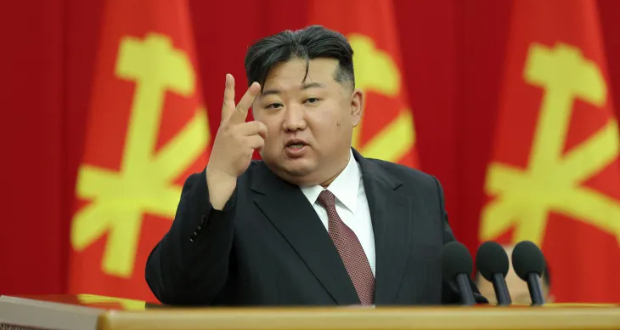North Korea has said it successfully tested a new tactical ballistic missile capable of carrying a 4.5-tonne “superlarge warhead”, state media reported.
The test of the Hwasongpho-11 Da-4.5 missile was conducted to verify its flight stability and hit accuracy at the maximum range of 500km (310 miles) and minimum range of 90km (55 miles), Pyongyang’s official Korean Central News Agency (KCNA) reported on Tuesday.
A day earlier, South Korea’s military reported the launch of two ballistic missiles by North Korea and said the second likely failed soon after it was fired, blowing up in flight over land.
The KCNA report made no mention of the second missile. It also did not elaborate on the nature of the simulated warhead, where the missile launched from and where it landed.
North Korea did not publicise Monday’s test with photographs, unlike during previous such announcements. Testing the missile’s maximum and minimum ranges suggested it performed two launches.
The report of the test was likely “deception”, a spokesperson for South Korea’s Joint Chiefs of Staff (JCS) told a press briefing on Tuesday, as one of them appeared to have failed in the early stages of flight.




